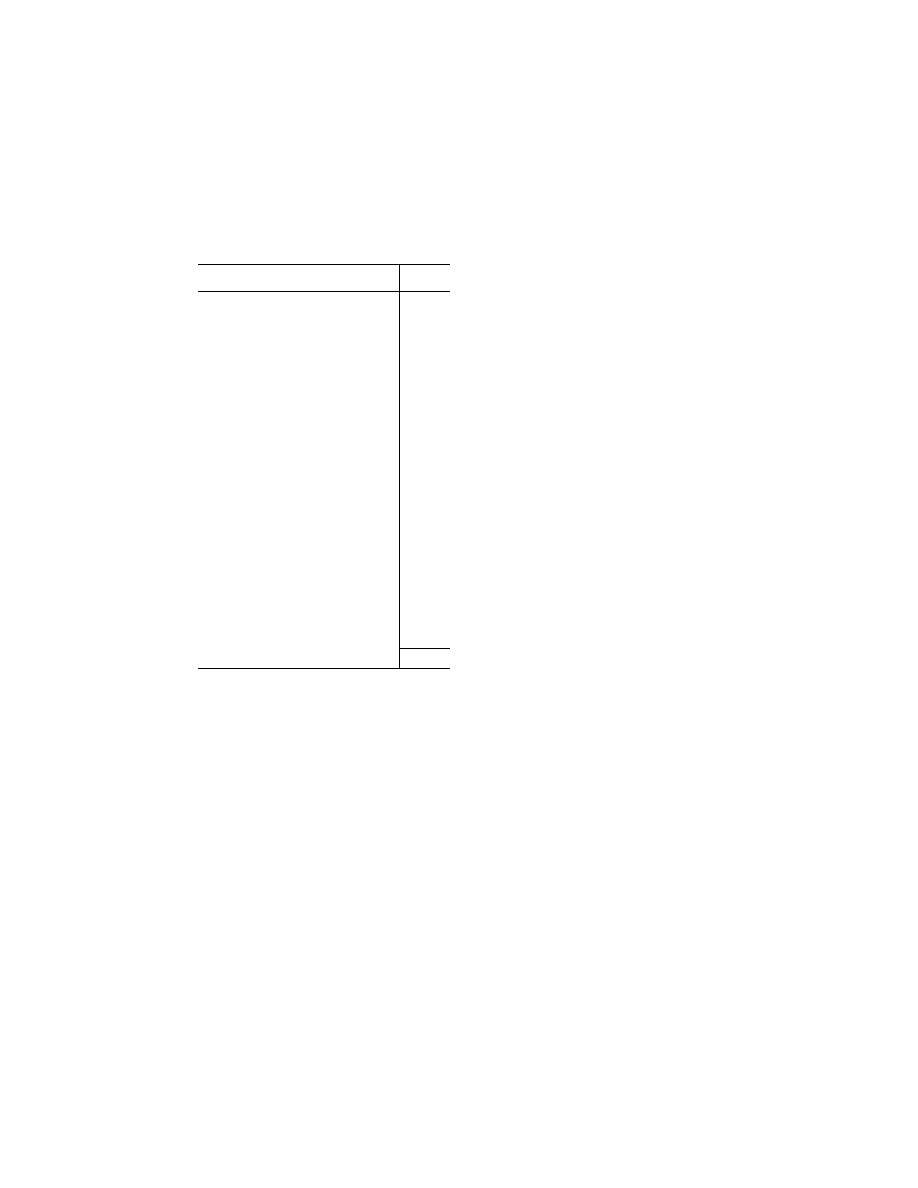
516
14 CFR Ch. I (1–1–14 Edition)
Pt. 63, App. B
Subject
Classroom
hours
To include:
Principles of radio transmission and re-
ception.
Radio aids to navigation.
Government publications.
Airborne D/F equipment.
Errors of radio bearings.
Quadrantal correction.
Plotting radio bearings.
ICAO Q code for direction finding.
Loran.
Consol.
Celestial navigation .............................................
150
To include:
The solar system.
The celestial sphere.
The astronomical triangle.
Theory of lines of position.
Use of the Air Almanac.
Time and its applications.
Navigation tables.
Precomputation.
Celestial line of position approach.
Star identification.
Corrections to celestial observations.
Flight planning and cruise control .......................
25
To include:
The flight plan.
Fuel consumption charts.
Methods of cruise control.
Flight progress chart.
Point-of-no-return.
Equitime point.
Long-range flight problems ..................................
15
Total (exclusive of final examinations) ..
350
(3)
Flight course outline. (i) A minimum of
150 hours of supervised flight training shall
be given, of which at least 50 hours of flight
training must be given at night, and celes-
tial navigation must be used during flights
which total at least 125 hours.
(ii) A maximum of 50 hours of the required
flight training may be obtained in accept-
able types of synthetic flight navigator
training devices.
(iii) Flights should be at least four hours in
length and should be conducted off civil air-
ways. Some training on long-range flights is
desirable, but is not required. There is no
limit to the number of students that may be
trained on one flight, but at least one
astrodrome or one periscopic sextant mount-
ing must be provided for each group of four
students.
(iv) Training must be given in dead reck-
oning, pilotage, radio navigation, celestial
navigation, and the use of the absolute al-
timeter.
(b)
Equipment. (1) Classroom equipment
shall include one table at least 24
″ ×
32
″
in di-
mensions for each student.
(2) Aircraft suitable for the flight training
must be available to the approved course op-
erator to insure that the flight training may
be completed without undue delay.
The approved course operator may contract
or obtain written agreements with aircraft
operators for the use of suitable aircraft. A
copy of the contract or written agreement
with an aircraft operator shall be attached
to each of the three copies of the course out-
line submitted for approval. In all cases, the
approved course operator is responsible for
the nature and quality of instruction given
during flight.
(c)
Instructors. (1) Sufficient classroom in-
structors must be available to prevent an ex-
cessive ratio of students to instructors. Any
ratio in excess of 20 to 1 will be considered
unsatisfactory.
(2) At least one ground instructor must
hold a valid flight navigator certificate, and
be utilized to coordinate instruction of
ground school subjects.
(3) Each instructor who conducts flight
training must hold a valid flight navigator
certificate.
(d)
Revision of training course. (1) Requests
for revisions to course outlines, facilities,
and equipment shall follow procedures for
original approval of the course. Revisions
should be submitted in such form that an en-
tire page or pages of the approved outline
can be removed and replaced by the revi-
sions.
(2) The list of instructors may be revised at
any time without request for approval, pro-
vided the minimum requirement of para-
graph (e) of this section is maintained.
(e)
Credit for previous training and experi-
ence. (1) Credit may be granted by an oper-
ator to students for previous training and ex-
perience which is provable and comparable
to portions of the approved curriculum.
When granting such credit, the approved
course operator should be fully cognizant of
the fact that he is responsible for the pro-
ficiency of his graduates in accordance with
subdivision (i) of paragraph (3) of this sec-
tion.
(2) Where advanced credit is allowed, the
operator shall evaluate the student’s pre-
vious training and experience in accordance
with the normal practices of accredited tech-
nical schools. Before credit is given for any
ground school subject or portion thereof, the
student must pass an appropriate examina-
tion given by the operator. The results of the
examination, the basis for credit allowance,
and the hours credited shall be incorporated
as a part of the student’s records.
(3) Credit up to a maximum of 50 hours to-
ward the flight training requirement may be
given to pilots who have logged at least 500
hours while a member of a flight crew which
required a certificated flight navigator or
the Armed Forces equivalent. A similar cred-
it may also be given to a licensed deck offi-
cer of the Maritime Service who has served
as such for at least one year on ocean-going
vessels. One-half of the flight time credited
under the terms of this paragraph may be ap-
plied toward the 50 hours of flight training
required at night.
VerDate Mar<15>2010
20:48 Jan 30, 2014
Jkt 232047
PO 00000
Frm 00526
Fmt 8010
Sfmt 8002
Q:\14\14V2.TXT
ofr150
PsN: PC150